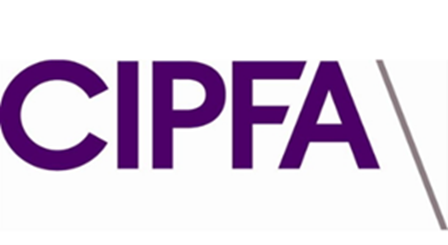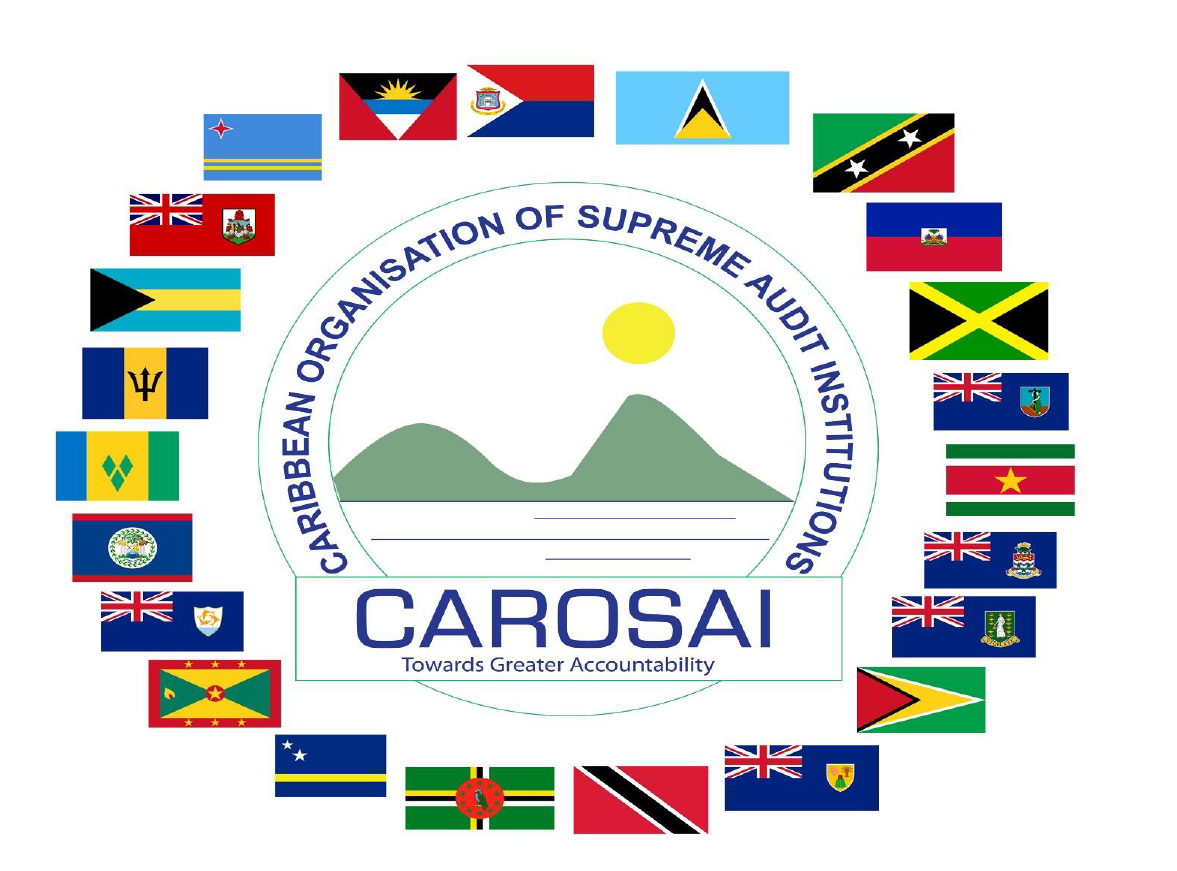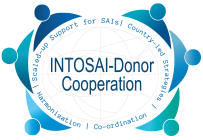About IDI
Our Cross-Cutting Priorities
Our Results
Meet the IDI Board
IDI's Board is composed of ten members from different supreme audit institutions. Get to know them better in our "Meet the Board" series.
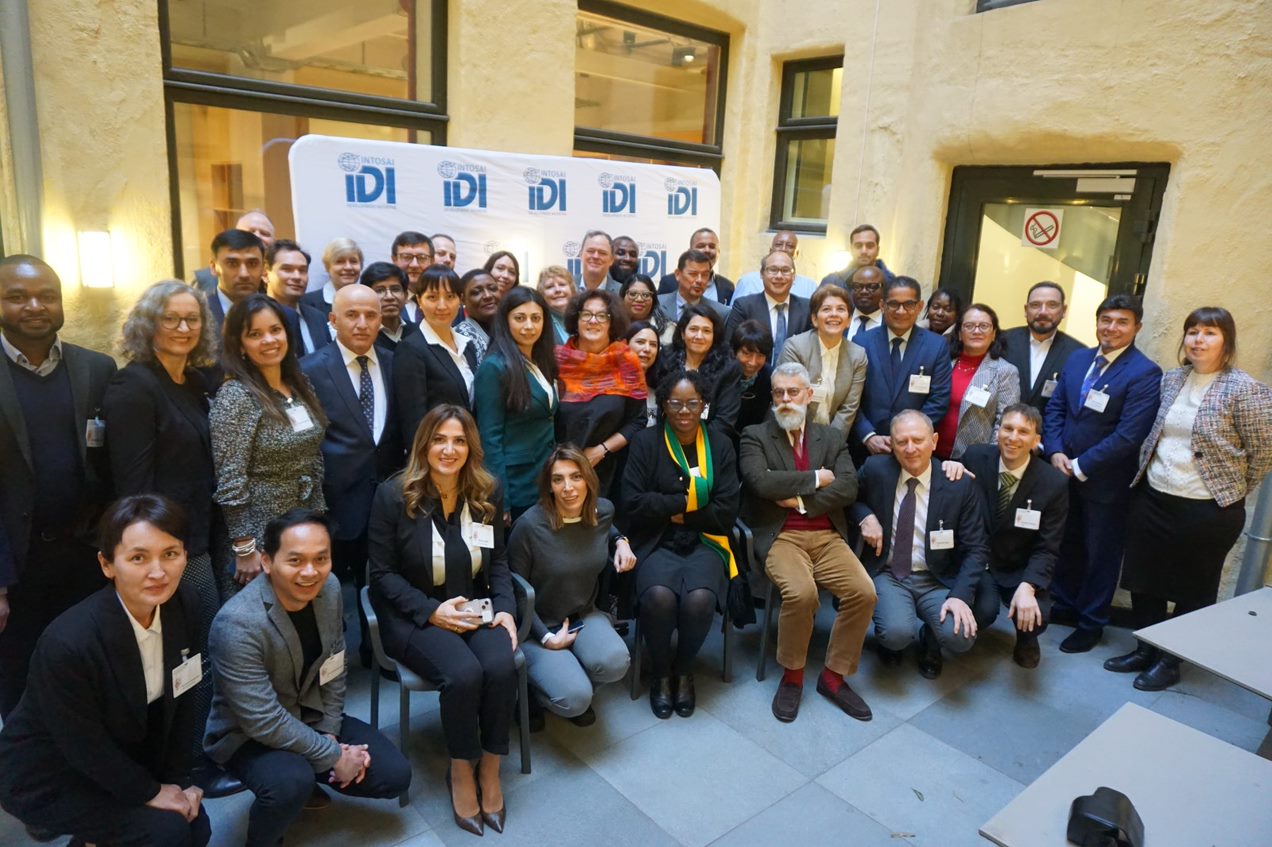
Over recent years, the PAP-APP programme (Accelerated Peer-Support Partnership or Partenariat d'Appui Accéléré par des Pairs in French) established by IDI, AFROSAI-E and CREFIAF has supported nine SAIs through a peer-support and partnership programme. PAP-APP was created in response to INTOSAI's Global Call for Proposals (GCP), Tier 2, and focussed on Supreme Audit Institutions in Africa.
Now, in the second iteration of GCP Tier 2, IDI is extending this emphasis on peer-to-peer support and partnership to eight SAIs around the world in the Global SAI Accountability Initiative, known as GSAI. Launched in late 2022, GSAI is gathering momentum as it rolls out to introduce challenged SAIs to their peer partners and supporters. Welcome to GSAI.
Progress towards the 2030 agenda for Sustainable Development requires strengthening of national systems for proper use of public resources, in particularly in countries with weak public financial management and at risk of being left behind.
Supreme Audit Institutions (SAIs) can play a key role in enforcing good governance and curbing corruption. Yet, several SAIs in challenging contexts struggle to play a strong role and have a potential to deliver more impactful audits.
The Global SAI Accountability Initiative (GSAI) aims to mobilise effective and well-coordinated support to SAIs in challenging contexts. These SAIs often operate in environments that face serious political, economic, and/or social challenges, and are therefore most in need of scaled-up and strengthened support. Several factors were considered during the selection of the beneficiary SAIs, including but not limited to:
Being located in a country classified as a least developed country, other low income or lower-middle-income country on the OECD DAC list of ODA recipients
Being located in a country designated as fragile according to the World Bank’s harmonized list of fragile situations
Being located in a country which scoring in the two lowest quartiles of the Transparency International corruption perception index, or with no score available (no CPI data available)
SAIs which have weak or medium overall performance, or with no performance data available (based on PEFA and OBI data)
SAIs with no capacity development support or no prospects of short-term support
The initiative is expected to empower them to take forward their own capacity development and reach a new level of sustained capacities and performance over time.
Launched in 2022 by the INTOSAI-Donor Cooperation as part of its broad work to promote support, independence, performance and benefits of SAIs in developing countries, the initiative is managed by IDI with funding from the Europian Union.
The fundamental objectives and principles of the GSAI are in line with the principles of IDI's Strategic Plan 2024 - 2029 and the IDC strategy 2020-2030, to:
Enable the most challenged SAIs to enhance their capacities and performance through scaled-up, SAI-led and strategically based capacity development support.
Establish mechanisms to ensure projects are developed in partnership between the SAI, donors and providers of support. This ensure coordination and customised support to the unique needs and opportunities of each SAI.
Ultimately, the GSAI initiative will be enhancing the capacity and performance of SAIs by mobilising stable long-term capacity development support and thereby contributing towards the achievement of the Sustainable Development Goal 16.6 - developing effective, accountable and transparent government institutions.

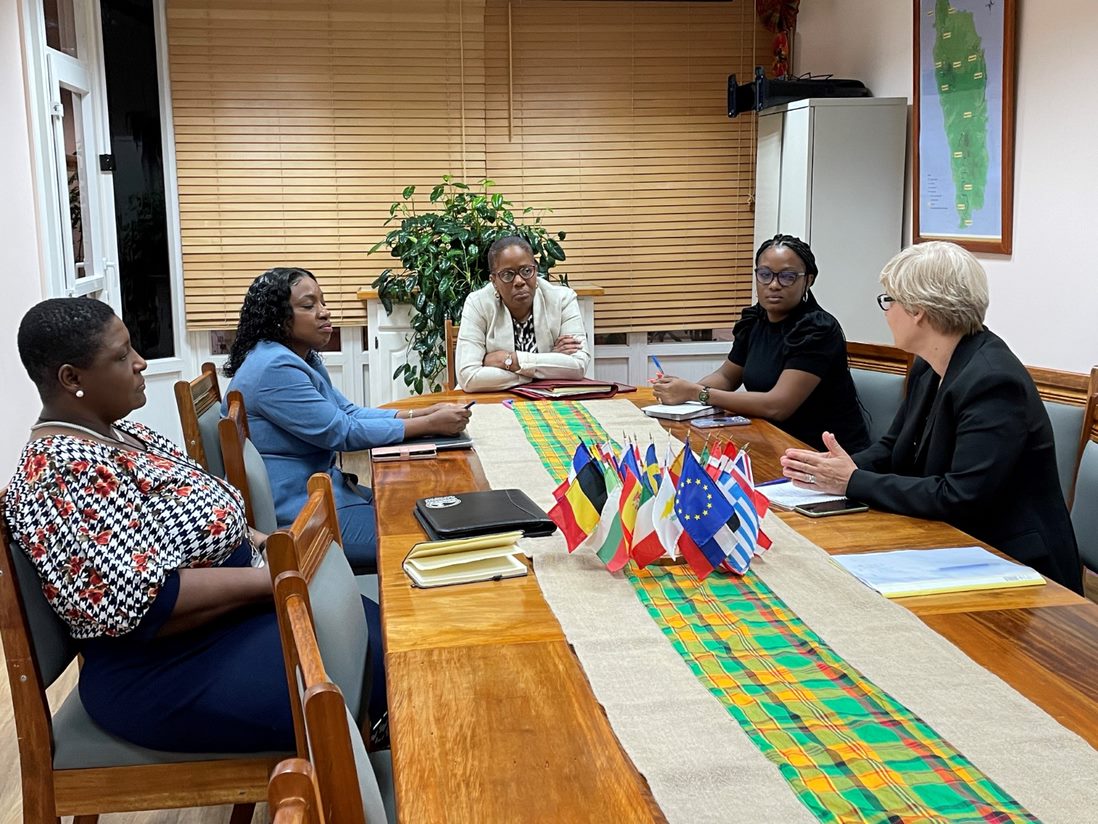
The GSAI programme has a high focus on the delivery of support through long term partnerships between the targeted SAI, the donor(s), and providers of support from the INTOSAI community. The approach seeks to utilise the resources from the different actors in the best possible way to increase the likelihood of success in their efforts to strengthen the capacity of these most challenged SAIs.
Individual project groups are established to develop and implement sound tailored capacity development projects for targeted SAIs, consisting of the SAI itself and interested providers of support (e.g. donor organisations, INTOSAI regions and other INTOSAI bodies, peer SAIs).

The SAIs of Belize, Benin, Dominica, Haiti, Honduras, Kyrgyzstan, Lebanon and Tajikistan have joined the initiative. These SAIs have unique opportunities for development and needs of support.
The GSAI programme will develop tailored country projects for each of them in partnership with peer SAIs, donors and implementation partners. In each case, there are peer SAIs, regional organisations and experienced implementation partners interested to provide technical support, and various donors are expected to fund country projects. Click below for detailed information on each SAI.
